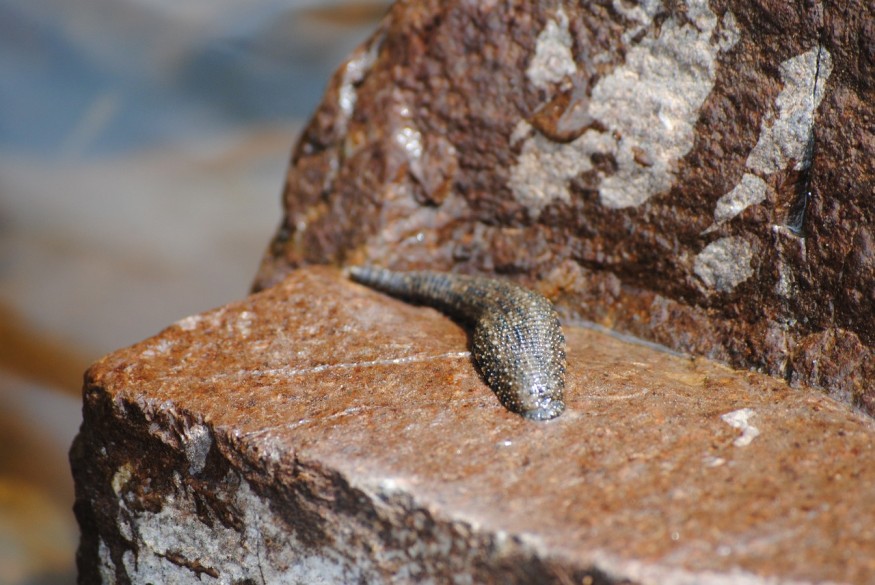Leeches are the slow-moving, blood-sucking parasites we know that live in shallow parts of freshwater, including ponds, lakes, and streams. Some leech species can also be found in the oceans, while others live further inland where they burrow under the soil, and even in rivers where water currents are relatively stronger. Despite their abundance in freshwater habitats, the bloodsuckers are rare in saltwater in some parts of the world, where they are called marine leeches.
In the oceans, scientists show that marine leeches are comparatively not as common as their freshwater counterparts. In the open seas, the marine parasites prey on fish and sea turtles. Due to their 'creepy' reputation, leeches, in general, have captured our imaginations that they serve as a potential threat to humans. However, the slimy creatures are evidently only capable of sucking or eating small animals, including baby toads.
Regardless of their track record, leeches have been used both in ancient and modern medicine. For thousands of years, the worm-like creatures can be traced back to the ancient Greek and Egyptian civilizations. In contemporary times, the field of 'modern leech therapy' has emerged where leeches are applied in a wound area and other areas of the body to treat various diseases or even improve blood flow.
British Isles Leech

The British Isles leech living in island waters was found by the marine biologist Nicolas Jouault last week, where he posted the picture of the marine leech on the platform iNaturalist, according to report on Sunday, September 10.
Jouault reportedly found the leech feasting on the back of a marbled electric ray swimming in the Ecrehous reef. Due to the findings, evidence shows that there is a potential population of the rare marine leech in the waters off the United Kingdom.
Also Read : 5 Terrifying Amazon River Creatures to Avoid
What is a Marine Leech?
Marine leeches, including the species Trachelobdella lubrica, has a worldwide distribution along the equatorial belt of Earth. T. lubrica was first described by the German zoologist Adolph Eduard Grube in 1840. In addition, the marine leech species Hemibdella soleae can be found in the northeastern part of the Atlantic Ocean.
In terms of foraging, marine leeches can attach to turtles and fishes where the host can die due to excessive blood loss. For turtles, the length of parasitism can last during their entire life cycle, according to the Texas A&M University at Galveston.
Are Leeches Harmful to Humans?
In general, leeches do not pose life-threatening risks to humans. Yet, their bites can be painful and cause bleeding and other injuries.
According to Healthline, many leech bites can result in itching and is not necessarily dangerous, adding that most leech bites are harmless. However, the area affected by the bite can lead to extended bleeding even after the bloodsucker has been removed.
The prolonged bleeding is also caused by a leech's saliva, which is an anticoagulant that delays normal blood clotting.
Related Article : Are Leeches the Answer to Weight Loss Without Exercise?
© 2025 NatureWorldNews.com All rights reserved. Do not reproduce without permission.





